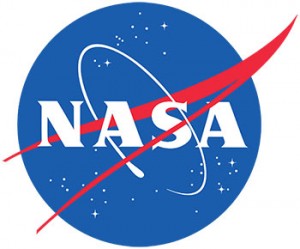Human waste is well on the way to propel NASA’s rockets into space! Scientists at the Uni of Florida have been able to develop a technology which converts human waste into valid rocket fuel for NASA’s rockets. The research team has also stated that the new conversion process could also be applied to terrestrial uses (used on Earth) in order to manage organic waste processing more efficiently. So far, a number of space-application technologies have been successfully implemented for Earth uses, and this one should make no exception. The potential uses of the waste to fuel conversion process are many and could be implemented in urban environments.
Why did NASA need such a technology in its space flight arsenal? The issue arose in two thousand six, when NASA announced plans to build a manned space station on the moon, in the period twenty nineteen – twenty twenty-four. One of the problems faced by the project was the weight of spacecraft leaving and entering Earths’ orbit. A possible way to reduce the weight of spacecraft leaving and coming back to Earth was to get rid of waste material generated during lengthy space missions. Up until now, the process of disposing of human waste generated during space flight was to compress it, then put in space cargo vehicles which are burnt and destroyed (in controlled way) during re-entry into Earth’s atmosphere.
 In the case of the manned moon base, dumping poo on the moon would obviously be a no go. Due to this, a more efficient, sustainable method was needed in order to manage human waste during space mission so NASA turned to University of Florida for some brainstorming and ideas. In simple terms, the poo to fuel conversion process aims to reduce the weight of fuel carried by spacecraft for the return trip to Earth. The conversion process generated methane gas from human waste, foods craps and supplies packaging. University scientists estimated that a space mission produces about the right amount of waste which is then converted into fuel in order to power spacecraft back to Earth.
In the case of the manned moon base, dumping poo on the moon would obviously be a no go. Due to this, a more efficient, sustainable method was needed in order to manage human waste during space mission so NASA turned to University of Florida for some brainstorming and ideas. In simple terms, the poo to fuel conversion process aims to reduce the weight of fuel carried by spacecraft for the return trip to Earth. The conversion process generated methane gas from human waste, foods craps and supplies packaging. University scientists estimated that a space mission produces about the right amount of waste which is then converted into fuel in order to power spacecraft back to Earth.
In order to conduct proper testing on the conversion process, scientists needed human waste, which as one could imagine is plentiful on Earth but really unpleasant for collection and testing/sampling. Because of this, NASA supplied University of Florida science teams with chemically synthesised version of human and organic waste as it would be in space (which gives one a whole new perspective on organic rubbish removal and disposal, right). Test result were quite encouraging as in its current state, the conversion technology is able to generated two hundred and ninety litres of methane gas per crew member, per day. Tests were run for a week, and results proved consistent. As those in the know would have guessed, the conversion technology involves anaerobic digestion (killing) of pathogens from (human) and organic waste and direct production of biogas. The process also produces sufficient amounts of water, though its quality does not allow direct consumption. It is expected for waste water from the conversion process to be broken down into hydrogen and oxygen (for astronauts to breathe) using electrolysis.



